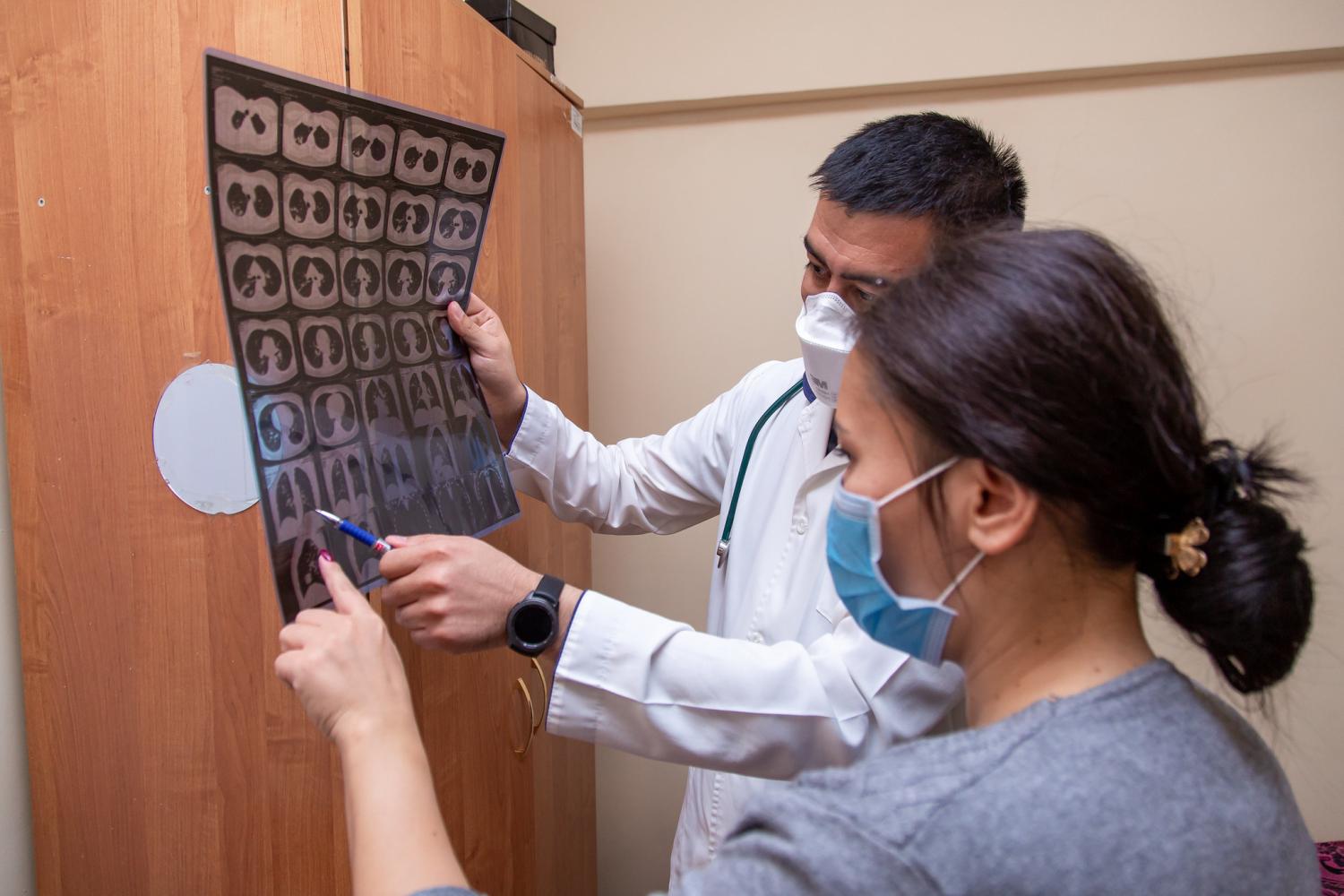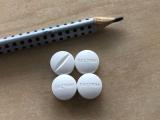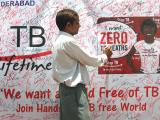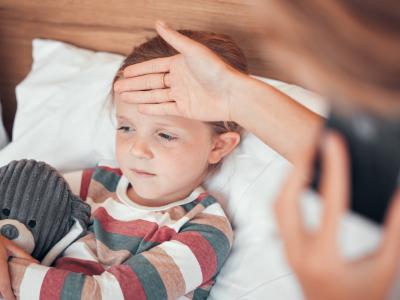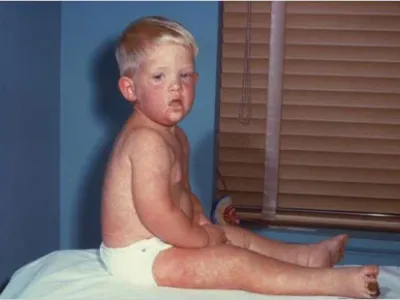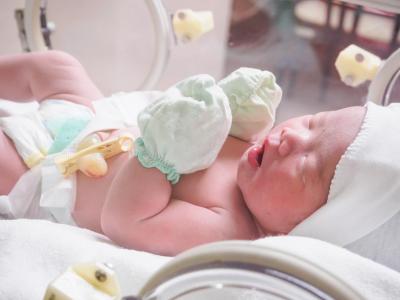A host of new research presented this week at a conference in Paris provides more good news on shorter, all-oral treatments for drug-resistant strains of tuberculosis (DR-TB).
One of the studies, which were presented at the Union World Conference on Lung Health, show that a World Health Organization (WHO)-recommended regimen had a nearly 95% cure rate in countries with a high burden of DR-TB, while another found that four alternative shorter regimens had a higher cure rate than the 18- to 24-month regimens that had been the standard until recently.
In addition, studies conducted in South Africa and Vietnam indicated an oral antibiotic could help reduce the risk of developing DR-TB in adults and children.
High cure rate for BPaL regimen
Among the data presented at the conference were operational research results from the LIFT-TB (Leveraging Innovation for Faster Treatment of Tuberculosis) Trial, which is being conducted in seven countries—Indonesia, Kyrgyzstan, Myanmar, Ukraine, the Philippines, Uzbekistan, and Vietnam. The aim of the study, led by researchers with the non-profit TB Alliance and its partners, is to broaden adoption of the 6-month, all-oral BPaL (bedaquiline, pretomanid, and linezolid) regimen that's recommended by the WHO for treating DR-TB. TB Alliance is the developer of pretomanid.
Interim results from 319 out of 576 participants enrolled in five of the countries (Indonesia, Kyrgyzstan, the Philippines, Uzbekistan, and Vietnam) showed that 94.5% of participants were confirmed TB-free 6 months after completing BPaL treatment. Officials from Ukraine, which was the first country to begin operational research through LIFT-TB, said they were seeing good results in 358 participants enrolled for BPaL treatment—despite the challenges posed by the Russian invasion.
"In our experience with LIFT-TB and the BPaL regimen, we have seen treatment times decrease from 9-18 months to 6, and we're seeing early signs of high cure rates compared to about 63% cure with longer regimens," Iana Terleieva, Head of the Tuberculosis Control and Prevention at the Public Health Center of the Ministry of Health of Ukraine, said in a TB Alliance press release.
BPaL and BPaLM (bedaquiline, pretomanid, linezolid, and moxifloxacin) were officially recommended by the WHO for all patients with multidrug-resistant (MDR) or rifampicin-resistant (RR) TB in 2022, based on the results of trials that showed cure rates of 90% and higher, with far fewer side effects. Along with being highly effective, the regimens are significantly shorter and easier on patients than the previous drug regimens, which contained multiple drugs, including injectable drugs with severe side effects. Patients on those regimens would take more than 14,000 pills over the full course of treatment.
The goal now is to get more countries with a high burden of DR-TB to update their treatment guidelines and provide access to shorter treatments for all patients who need them. According to the most recent WHO report, of the 410,000 people who developed DR-TB in 2022, only 40% had access to the shorter regimens.
Alternative regimens
Meanwhile, the results from the endTB trial, which included 754 patients from seven countries (Georgia, Kazakhstan, Lesotho, Pakistan, Peru, and South Africa), indicated that for populations for which the BPaL and BPaLM regimens aren't suitable, other shortened treatment regimens may prove nearly as effective.
The trial, led by researchers with Medecins Sans Frontieres, Partners In Health, and Interactive Research and Development, evaluated five 9-month treatment regimens in a population that included patients who have historically been excluded from trials, such as adolescents, people with substance-abuse disorders, and pregnant women. The regimens included different combinations of bedaquiline, delaminid, clofazimine, linezolid, moxifloxacin or levofloxacin, and pyrazinamide.
If recommended, this high-quality evidence could quickly translate into better treatment options suitable for all people with drug-resistant tuberculosis.
Three of the regimens, when compared with a control group receiving the standard 18- to 24-month treatment, achieved favorable outcomes in 89%, 90.4%, and 85.2% of participants with MDR/RR-TB, respectively. A regimen that doesn't contain bedaquiline or linezolid—which are not tolerated by some patients—showed a treatment response rate of 85.6%.
"These results provide new hope for all those awaiting treatment for the most dangerous and difficult to treat forms of tuberculosis worldwide," Philippe Duneton, MD, executive director of trial funder Unitaid, said in a press release. "If recommended, this high-quality evidence could quickly translate into better treatment options suitable for all people with drug-resistant tuberculosis."
Preventive treatment
Finally, in another Unitaid-funded trial, researchers in South Africa found that taking a daily dose of levofloxacin for 6 months reduced by 56% the risk of developing MDR-TB in children under the age of 5.
The TB-CHAMP trial, led by researchers with the Desmond Tutu TB Centre at Stellenbosch University, tested the intervention in 453 children who had been exposed to an adult with MDR-TB in their household. Because TB is an airborne disease, people who share a household with an infectious TB patient are at risk of developing the disease. Conservative estimates suggest that in countries with a high burden of TB, there are at least two children in direct household contact with and adult with TB.
While there are several treatment regimens to prevent exposed children from acquiring and developing active drug-susceptible TB, there haven't been any randomized controlled trials for MDR-TB prevention, and current WHO guidelines only suggest close monitoring. An estimated 30,000 children under the age of 15 develop MDR-TB each year, but only a fraction are diagnosed and receive treatment.
Of the 453 children in the trial who were given levofloxacin for 6 months, only 5 developed MDR-TB, and very few side effects were reported.
"MDR-TB is one of the toughest diseases to cure, and children have always been the most neglected patients," James Seddon, PhD, MBBS, co-principal investigator of the trial and an associate professor at Stellenbosch University, said in a university press release. "In finding a new way to keep children safe when MDR-TB afflicts a family member, we help the whole family recover that much faster from the trauma that the disease inflicts—not just from a health perspective, but from economic and mental health perspectives as well."
As part of the trial, the investigators developed a child-friendly formulation of levofloxacin that makes it less bitter and easier to swallow. They say the fruit-flavored, dispersible formulation of levofloxacin is now widely available, which could make it easier to quickly deploy the preventive treatment if it is recommended by the WHO.
In finding a new way to keep children safe when MDR-TB afflicts a family member, we help the whole family recover that much faster from the trauma that the disease inflicts—not just from a health perspective, but from economic and mental health perspectives as well.
Another study presented at the same session, conducted in Vietnam, showed that 6 months of levofloxacin reduced active MDR-TB by 45% in 2,041 children and adults living with a person with MDR-TB in the household.
Data from both studies have been shared with the WHO to inform forthcoming guidelines for MDR-TB preventive treatment.
